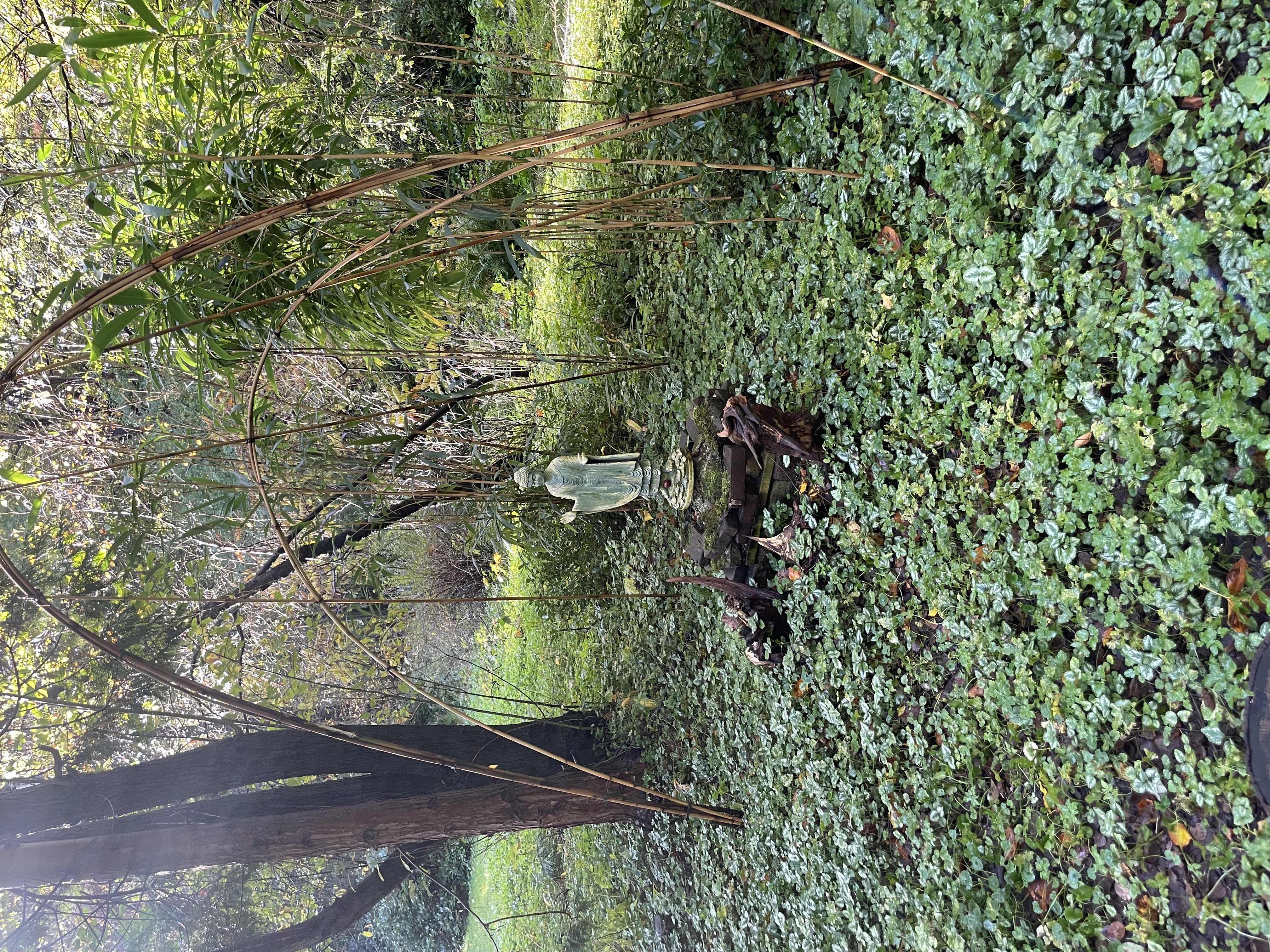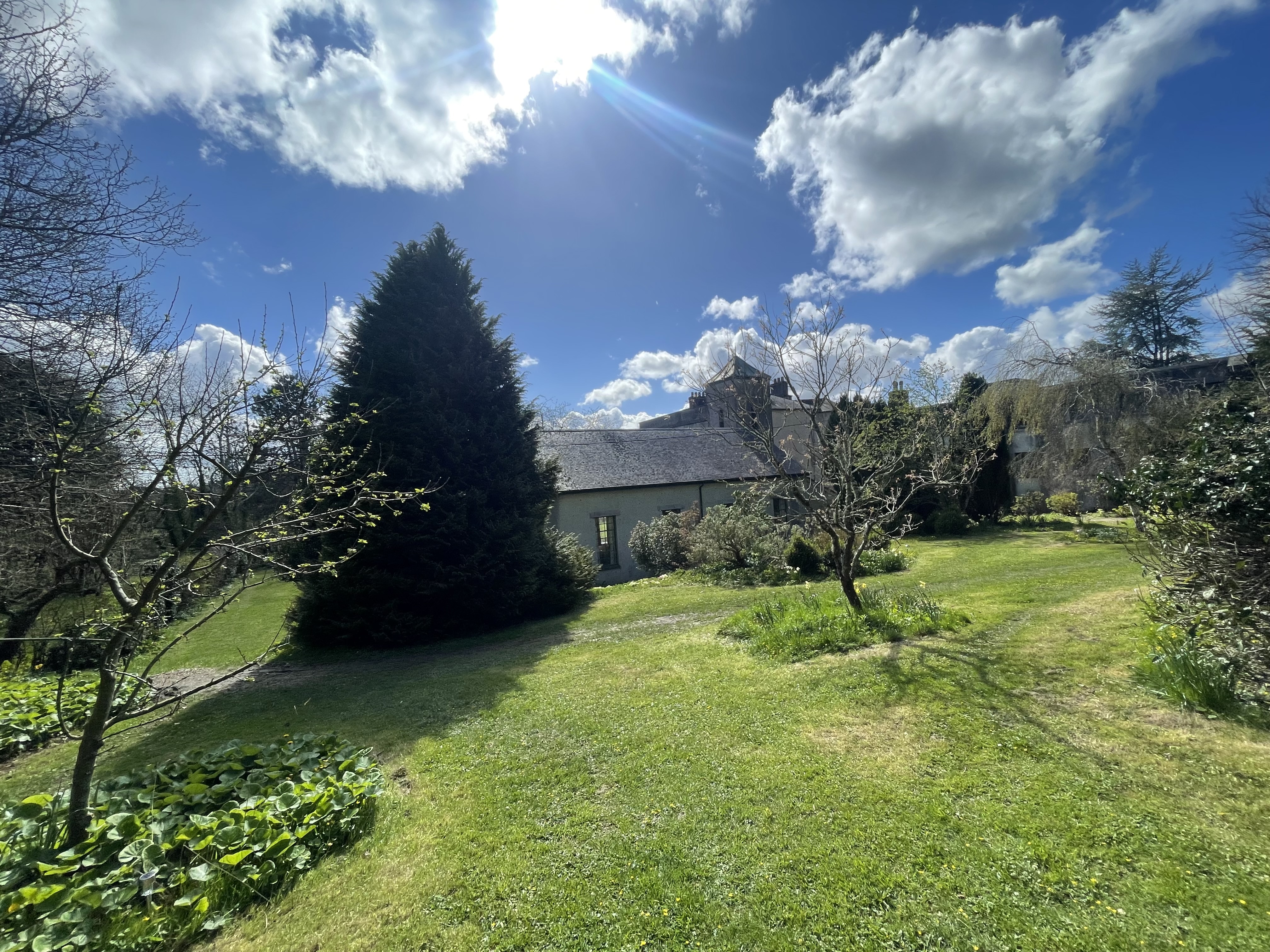What I learned about meditation, love, and trauma on and after a TWIM retreat with Delson Armstrong
I have been practicing tranquil wisdom insight meditation (TWIM), a powerful loving-kindness-based meditation system, for the past six months with a special focus on forgiveness practice. Through that, I already discovered that I and my friends often use shame and guilt to try to control each other. After becoming aware of that I dropped a lot of these patterns. When I started on my meditative path I started with a guided TWIM metta meditation. During that practice after a month I accidentally dropped into the first and second Jhana, thinking I might be having a stroke. So after practicing different models, I returned to TWIM, knowing its power, since firstly loving kindness simply feels good and also many people report that it’s the faster path and that it helps avoid dark night of the soul type of episodes.

My First Five-Day Silent Retreat: Jhanas & Alexander Technique
Last week, I went on my first silent retreat at Gaia House in Britain. I was drawn to the place by the charm and resonance of Rob Burbea’s teachings, which I listened to on dharmaseed.org. He was a resident teacher at Gaia House, and the retreat I attended was led by Catherine McGee and Yahel Avigur, both of whom were strongly influenced by his teachings. The retreat was a challenging but still surprisingly effortless and very rewarding experience.
At the end of the retreat, I went to London, which was quite a stark contrast to the quiet and peaceful scenery of the rural landscape around the retreat center oozing stillness and peacefulness. But even though it was harder to notice, I could still access the stillness within. It’s always there when I am sensitive enough to look for it. I also noticed colors more intensely and saw the positive and beautiful everywhere, all after five days of maybe six hours of daily meditation in a mix of walking and sitting meditation.

How to notice a great therapist
You have decided that you want to get serious about loving all of you and want to start working with a therapist or changing from one you are not quite sure about. I commend you on your courage, deciding to look inwards, even if parts of you might be worried about what lurks in your subconscious. Looking inside and being really curious about yourself is an revolutionary act in todays world. And unlike a view of being curious and involved with yourself as narcissistic, it’s very different. Trying to control how you and others see yourself is narcissistic, based on deep fears. Being curious and open to see who you really are from a place of love is healing and will benefit not only yourself but everyone around you. Your relationship to the parts of yourself is how you relate to everyone else. No one can be more intimate and loving towards you than yourself. That is the threshold of how much you can let in from others. And that threshold can be infinitely larger than you imagine right now.
In June of 2022, during a trip to the US, I worked with a therapist that completely changed my view of how much positive change is possible with a great therapist. Working with this therapist was as psychoactive as the psychedelic experiences I had, only that these changes in how I perceived me and the world stayed permanently. This therapist would just sit in front of me and ask me to scan my body. On the first day, my awareness of my body was strong as never before. I could notice when I would dissociate and the room would feel bigger. I would notice when a fear in me arose that projected that the therapist might hit me. All that was a level of awareness I had never had access to before. I noticed how I used humor to distract from fear. I cried in session three. After every appointment, I felt hopeful and joyful as never before. My mind got quiet, and I could enjoy just sitting in the park and watching the birds. Something I would have never done before. All of this within a week of three hours of daily therapy. Even when you discount that, before, I did half a year of weekly behavior therapy and never experienced such fundamental shifts in well-being. I never left the appointments feeling joy and hope. That new therapy experience made me realize that before, I was afraid of the therapy appointments because the therapist was afraid of my emotions. I only cried once with the previous therapist within half a year because she subconsciously communicated that she couldn’t hold my sadness.
On the other hand, with the therapist from the US, I noticed that opening up so many things so quickly was also destabilizing because when I moved back to Berlin, I now needed to continue without her presence. That was also due to losing trust because she had a weak spot that she could not address when I raised it. So what makes a great therapist? Here is my answer in the hope that it may inspire you to find yours. Overall it seems that the therapist can only raise you to their own level of awareness, emotional resiliency, and healing:
First, what is the goal of therapy? It’s learning to become aware of parts of your mind that you are hiding from yourself. It’s to learn to love the parts of yourself that you disown. It’s learning to become more embodied or embodied at all. It’s learning to feel safe in your body. It’s learning to notice how feeling relates to body sensations. It’s learning to let the emotions move through you rather than fully identifying with them. It’s learning to love all of your emotional experiences, especially the difficult ones. It’s learning to have boundaries. It’s understanding who you are and stopping wanting to change. It’s learning to know that you are already perfect. It’s learning that whatever you dislike about yourself is a natural, human reaction to your life experience. First I thought that crying often is a sign of a good therapist, but then some people, like me, have parts blocking crying at times.
A simple heuristic for how good the therapist is: How often do you notice shifts in how you relate to yourself and others after your sessions? And how much do you feel like you are responsible for your progress?
...mehr lesenFantastic Planet – A 1973 movie revealing hidden truths about the human mind and human condition
A friend recommended me the old sci-fi classic Fantastic Planet (link to the whole movie). This movie and its reception hold the key to understanding a lot of human behavior and functioning around dissociation, trauma, and human sexuality. It’s a great example of how mindful awareness and investigation help to understand something that possibly millions of humans who watched the movie did not fully piece together. I invite you to watch the film before reading the text.
...mehr lesenMeasures for more diversity in computer science
Intellectual people predominantly populate academia, natural sciences, and computer science. This makes sense and serves society as a whole; you need to do abstract thinking detached from emotions to find objective truth, flaws in your or others’ thinking, logic errors in your computer code. If you do study computer science, the goal of your computer science institute and professors is usually primarily to teach and train this intellectual mind, this abstract and logical thinking. That’s what makes you a computer scientist after all. I came to realize after a couple of years of studying computer sciences that all the lectures, exercises, research I was spending most of my waking time on were training a very narrow part of my human mind. My human experience relies on a much broader repertoire of modes of thinking and parts of my mind in everyday life. You have emotions, empathy, fear, wants, and needs expressed in the non-intellectual and non-abstract subconscious parts of the mind. These things make up the majority of experiencing being alive. But studying computer science focused me on a tiny part of my human mind, the abstract, intellectual, logical thinking. I was trained by spending and understanding this mode of thinking during my studies. It’s interesting to think about what effect this has on my mind if I spend so much time on a part of my mind that has so little to do with everyday human experience and satisfaction.
...mehr lesenDoes it make you feel more alive – A personal framework for approximatively evaluating ethics of technology as a user as well as technologist
I subscribe to the notion that ethics is entirely rational and maps to game theory. Ethics is about the principled resolution of conflicts of interest between autonomous agents under conditions of shared purpose when playing long games. [1] With this in mind, it is crucial to model incentives and their consequences for systems to evaluate ethics. On the most general level, we can take the goal of avoiding suffering as the shared purpose of all humans on earth. Additionally, maintaining the global civilization might be another high-level goal. Technologists with the ability to create and change technological systems should do so ethically by considering these goals and projecting the impact of the system they create into the distant future. Making this difficult, the complexity of networks of human and non-human entities interacting through technology on a global scale has become overwhelming. Additionally, technology changes at such a fast pace that national and global elites cannot anticipate its full impact anymore, leading to increasing randomness in societies trajectories without anyone being able to formulate and implement a coherent plan projecting them into the future. Therefore it is even more critical that technologists evaluate the ethics and impacts of their actions, especially given the enormous leverage that computer technology offers.
...mehr lesensubscribe via RSS